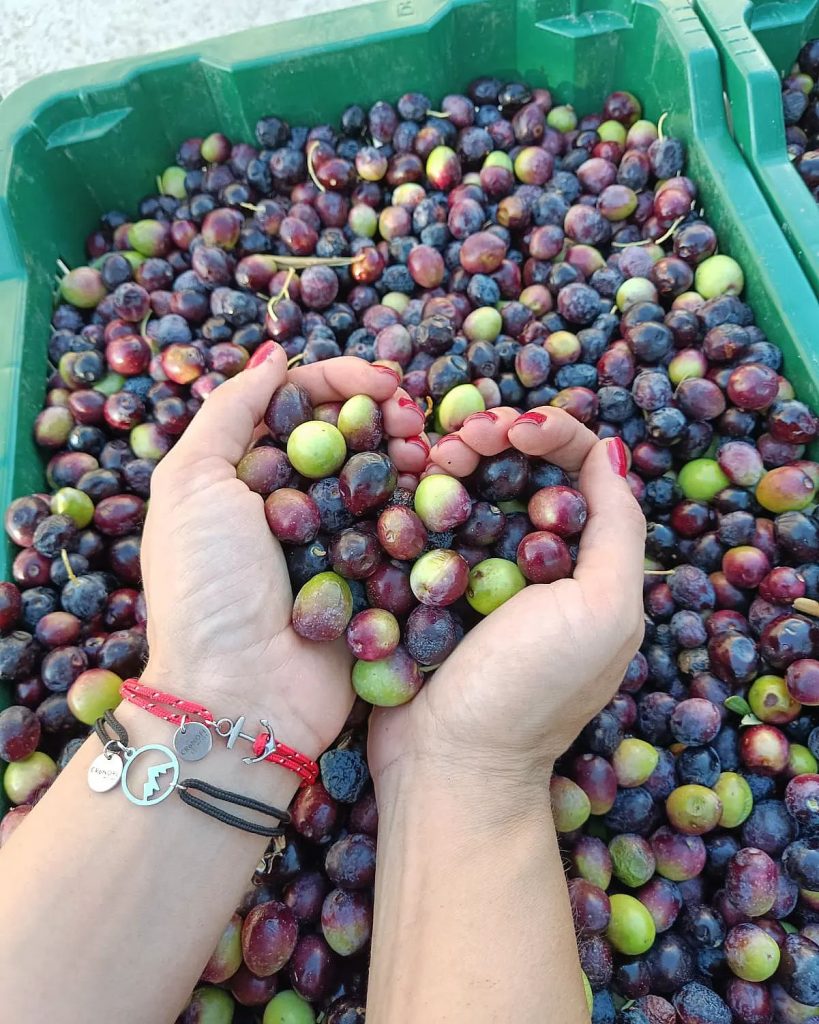
Located in Croatia’s heart, Dalmatia’s olive groves stand as a symbol of tradition and precision. From these groves, an extraordinary product, Dalmatian olive oil, fondly termed liquid gold, emerges.
The Olive Harvest
The journey begins in the orchards. Here, skilled hands carefully select olives from the trees, strictly adhering to traditional harvesting methods. Ideally, the harvest occurs between October and December, a crucial period that significantly impacts the oil’s quality.
The Crushing Process
Once harvested, the olives swiftly travel to the mill. At this stage, they undergo a vital crushing process. Traditional stone mills grind them into a thick paste, a crucial step that preserves the olives’ distinctive flavors and nutrients.
The Pressing and Extraction
Subsequently, workers diligently transfer the paste onto mats. They stack these mats and apply pressure. This phase, known as the “first cold press”, allows the paste to release its oil and water content.
Separation and Storage
Following pressing, the mix of oil, water, and solids is separated. Then, the collected oil is carefully stored. It’s kept in a cool, dark place, a necessary measure to ensure its quality remains untouched until bottling.
The Role of Dalmatian Tradition in Olive Oil Making
The Dalmatian olive oil making process encapsulates more than production. It represents a rich cultural narrative passed down through generations. The region’s ideal Mediterranean climate, paired with unwavering commitment to traditional methods, contributes significantly to the oil’s superior quality.
Frequently Asked Questions
1. What imparts uniqueness to it?
It’s a unique blend. The traditional olive oil making process, the perfect Mediterranean climate, and the artisanal methods contribute to its uniqueness.
2. How should I store it?
Store it in a cool, dark place. Keep it away from heat and light. Ideally, consume it within a year to enjoy its peak freshness.
3. When can I visit Dalmatia to witness the olive harvest?
Plan your visit between October and December. That’s the usual time for the harvest season.
Conclusion
In essence, the Dalmatian olive oil making process combines tradition and precision. The result is an exceptional olive oil. Each time you use it, remember the rich cultural heritage and meticulous process behind it.
Every bottle of Dalmatian olive oil offers a piece of the Mediterranean lifestyle. It’s a tribute to time-honored tradition. Whether you’re a culinary enthusiast or a lover of artisanal products, Dalmatian olive oil promises a taste of Mediterranean sunshine with each drop.
